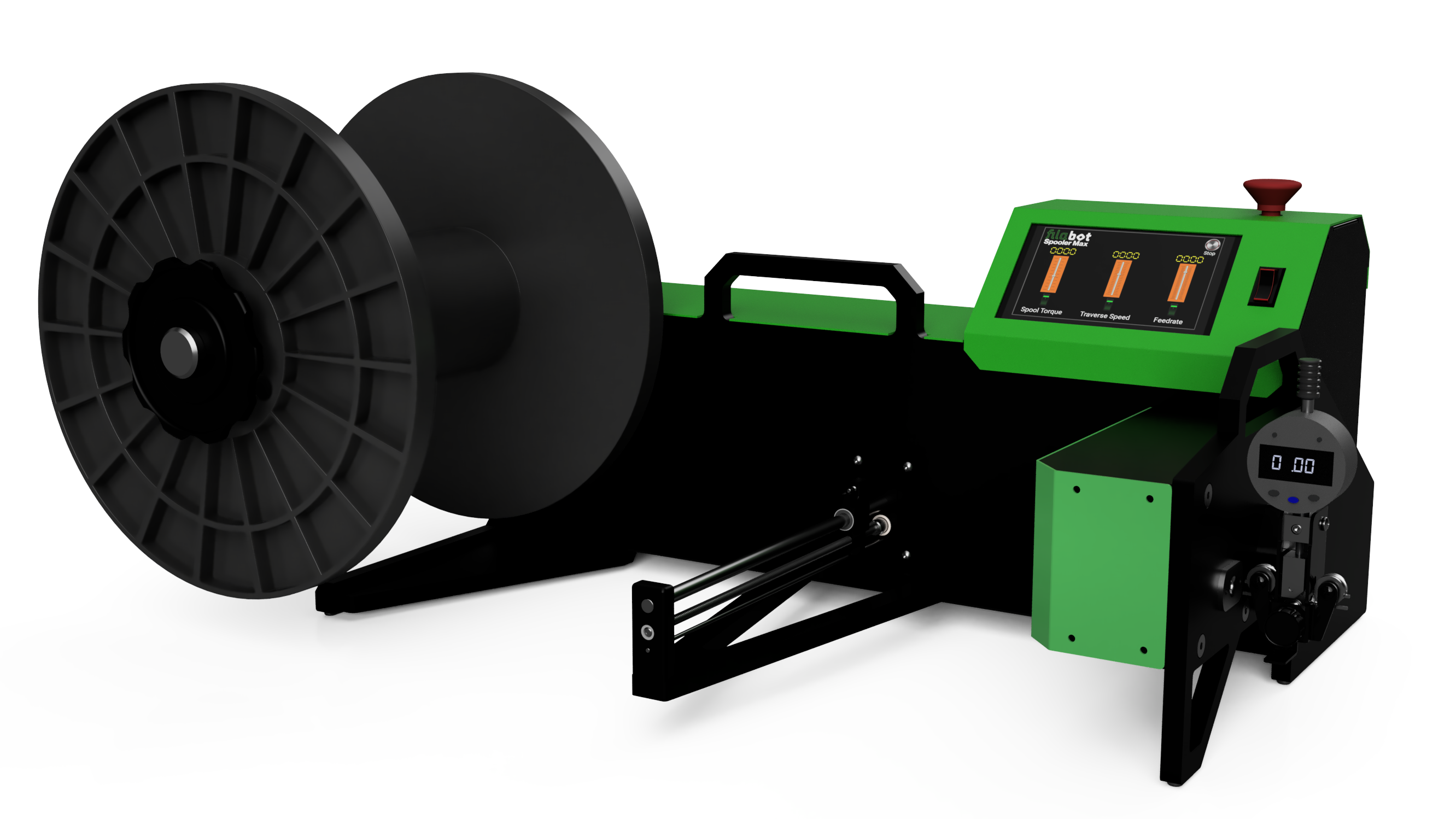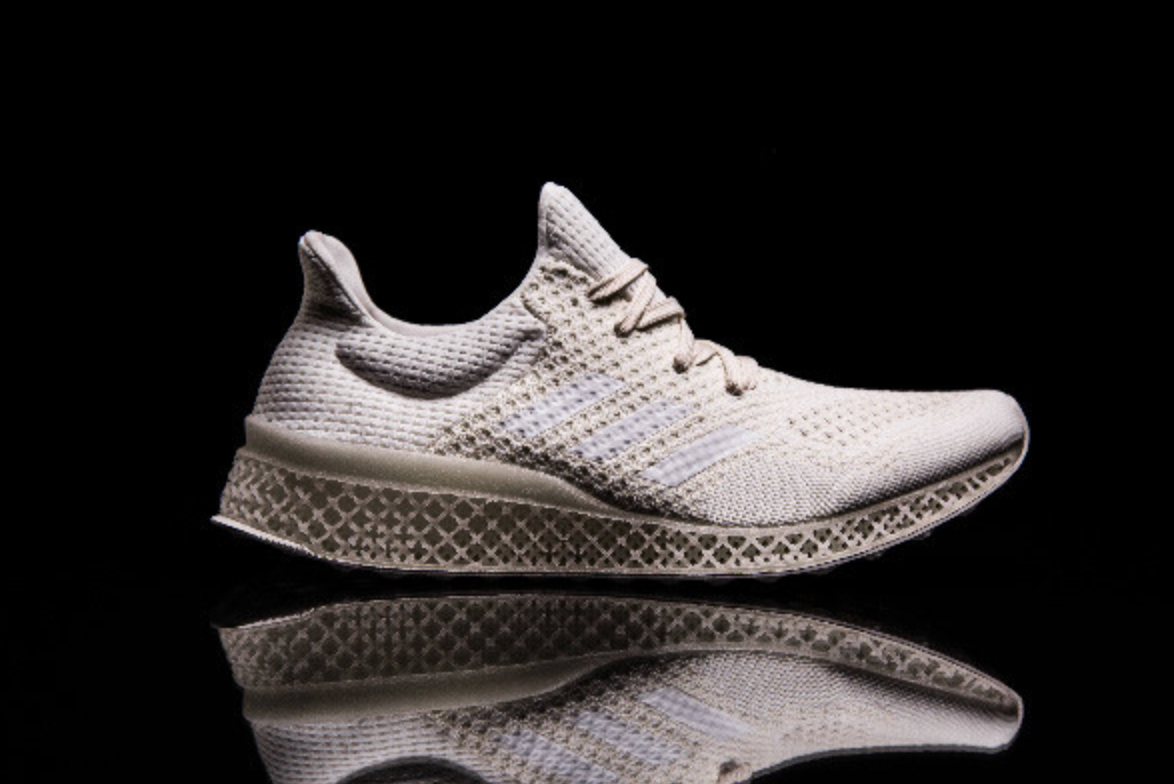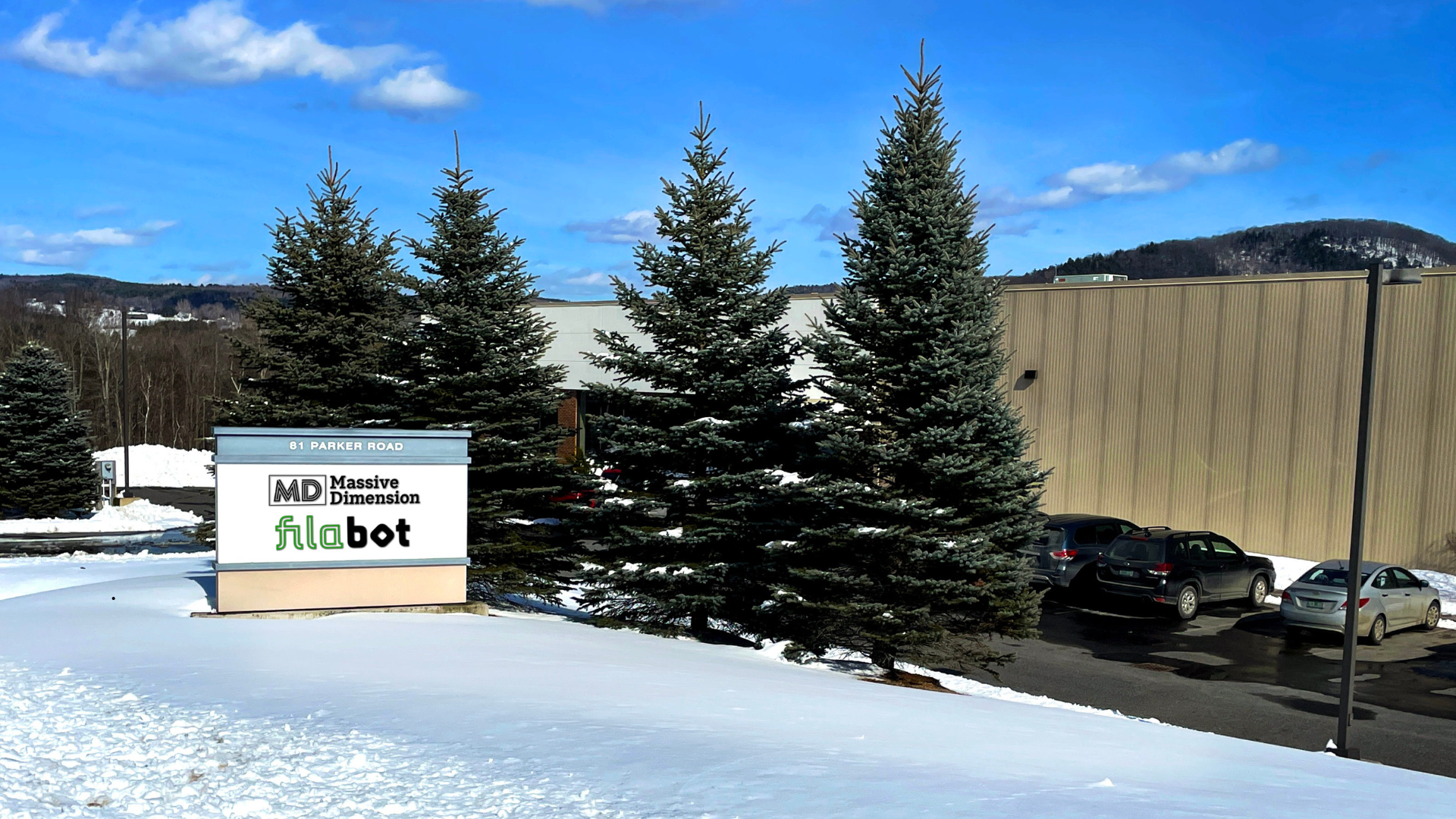
3D Printing Revolution Ready to Disrupt Manufacturing
Manufacturing is a $12 trillion industry. It is a behemoth of the industrial world and it is going through an important transformation due to 3D printing. Most manufacturers are waking up to the fact that they need to adopt the new technology to stay competitive. According to Gartner, manufacturers will use 3D printers to make in-house parts for 75% of manufacturing operations by 2020. Overall, the total spending on the 3DP industry from all sectors is predicted to be $17.7 billion in 2020. That’s a 66.5% CAGR growth from today.
The Problem of Mass Production
Since Ford created the assembly line, manufacturing has heavily depended on mass production. Mass production has its charms. It can produce standard products with great accuracy and speed which lowers costs. But there is a problem. It can only lower cost by producing a lot. So there is an enormous amount of waste associated with it. Manufacturers produce large quantities based on predictions and then discard unused products. That is the manufacturers’ contract with the devil — cheaper products but lots of waste. The 3D printing technology has the potential to decrease waste and make the manufacturing industry more sustainable.
The Fall and Rise of 3DP
Manufacturers have been using 3DP or additive manufacturing for designing new products for a long time. But 3DP never gained traction in production because of its limitations. Traditional manufacturing methods like injection molding were cheaper and more efficient. So manufacturers walked away from 3DP. However, the technology has improved since the early days and there is renewed interest in it. About 40% of manufacturers are planning to double their use of 3DP in the next five years. But they are taking a cautious approach. They want to see how it works out for the early adopters.
Millennials Can Disrupt the OEMs
While the OEMs are waiting to see how the technology performs, they are taking a huge risk. It is opening up opportunities for millennials. The millennials are not bound by the same restrictions of old- school thought processes. They can take the 3D printing technology and create new business models that can become a huge problem for the OEMs. It is too early to tell how disruptive the millennials will be. But there is a lot of excitement. And there can be a new Henry Ford of the maker world planning their next move right now.
Distributed Manufacturing
Even without the disruption of the millennials, the manufacturing industry will still see significant shifts. Because production plants are large and expensive investments, most manufacturing takes place in central locations. Then the products are transported to the customers.
Using 3D printing to develop products near the customer is a huge game changer. In the 3DP world, a
design is just a digital file that can be transferred anywhere. And that design can be reproduced near the customer without wasting time and money on transportation. This distributed manufacturing process allows two manufacturing teams across the globe to work together like distributed software development teams. That is a revolutionary change in itself for manufacturing.
Looking Forward
From the current attitude of the manufacturing, it’s evident they understand the implications of 3D printing technology to their industry. The cautiousness might put some companies at the disadvantage in the long run. If you are an entrepreneur, you should definitely investigate the opportunities to disrupt. Change is coming. The question is whether the manufacturing industry is going to win big or lose out to the little guy.
Subscribe to our Facebook, Twitter, Instagram or YouTube channel to stay updated on future Filabot announcements.
If you have any questions about the article or any aspect of Filabot products, please feel free to contact us. Our team is ready to answer your questions today.




